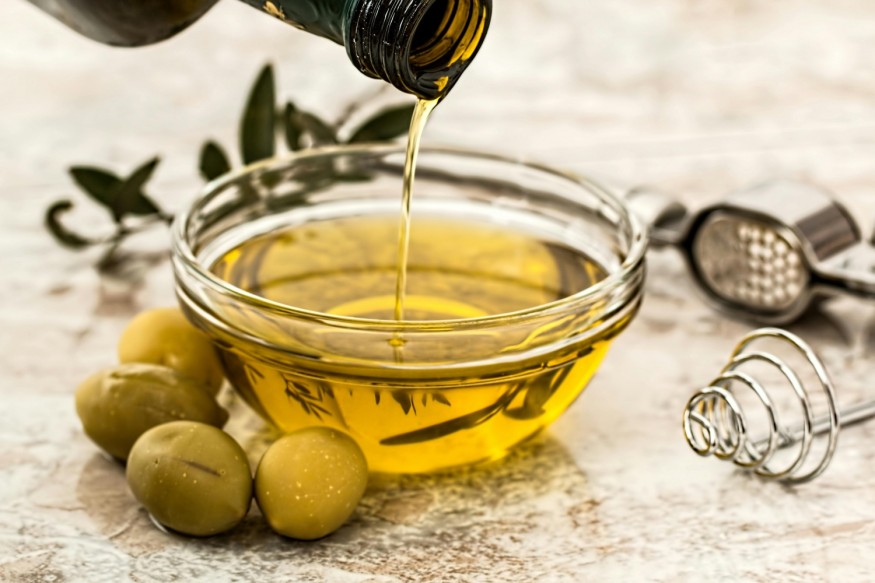
People constantly seek treatments for their hair type and concerns. This is especially true for those with curly and frizzy hair who need something to maintain their curls and keep them hydrated, especially in the wintertime when the scalp tends to dry up a bit.
Oils are a traditional remedy for hydrating and replenishing the skin, nails, and hair. Now, people are turning to hot oils to promote hair health.
Trying an at-home hot oil treatment for the hair is recommended if you are looking for a new hair remedy. But how exactly does it work?
What hair type is hot oil treatment for?
The first thing you need to figure out before trying this treatment is to determine if it is suitable for your hair type, as you don't want to waste time or money.
The hot oil treatment is more recommended for women with thick, curly thick hair, as it might be too aggressive for finer hair types. Those with thin hair should use smaller amounts.
This treatment is particularly effective for curly hair as it can make the hair softer and more manageable, especially if it's thick and long.
Women dealing with a dry scalp can also benefit from the hot oil treatment. It can bring moisture to the scalp, giving your hair and your ends some life and shine.
A dry scalp is the cause of dandruff for many so trying a hot oil treatment can be a potential solution for this issue.
How to do a hot oil treatment for hair at home
Now that you know what hair type and concerns this treatment fits, here's how to do a hot oil treatment from the comfort of your home.
The first thing you need to do is grab a plant-based oil such as almond, coconut or olive oil. Mix it with hot water inside a heat-safe bowl.
Wait until the oil reaches the right temperature and test it on your skin before applying.
Massage the warm oil from the roots to the tips of your damp hair to give each follicle some moisture.
Once you have massaged the hair with the warm oil, let it sit for 15 to 30 minutes, covered with a shower cap. Afterward, wash the hair thoroughly, making sure to remove all oil from your locks.
One tip when trying this treatment include testing different oils on small sections of your hair before applying them to your entire head to ensure you won't have a bad reaction.
Also, applying warm oil to wet hair is more recommended than applying it to dry hair, as the former is more likely to absorb the oils than dry tresses.
